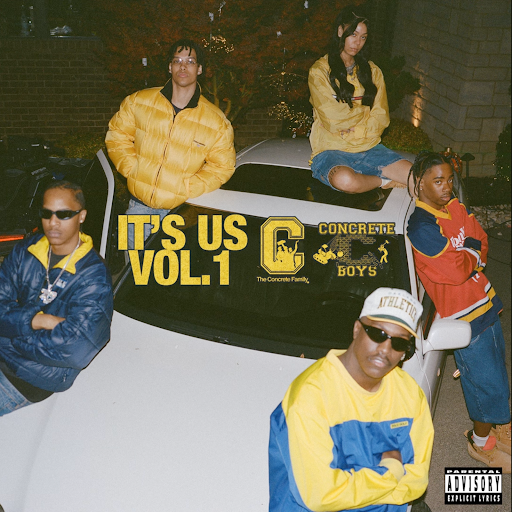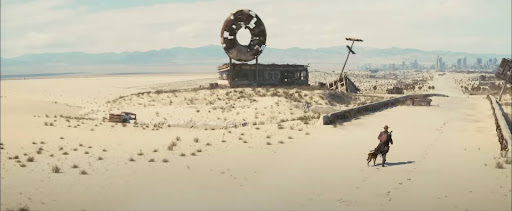
The highly anticipated new film from Martin Scorsese, “Killers of the Flower Moon,” was released into theaters on Oct. 20. The masterful director of over 20 films (“The Departed,” “The Wolf of Wall Street” to name a few) has returned with one of his most powerful but frustrating pieces to date.
The film follows the true story of the systematic oppression and destruction of the Osage Native American tribe after oil was found on their land. We follow returning World War 1 veteran Ernest Burkhardt as he makes his way through early 20th-century Oklahoma working for his Uncle “King” Hale. While acting as a chauffeur, Ernest falls in love with an Osage woman and then eventually works his way into Hale’s inner circle, becoming complicit in various schemes against the Osage community, including the murder and cover up of various wealthy tribe members. These crimes become more personal and affect Ernest’s new family in a deadly way.
Burkhardt is of course portrayed by Leonardo DiCaprio. In a role that will certainly be talked about during award season, DiCaprio makes a detestable, cowardly, unintelligent and pathetic man into an almost empathetic figure through his fantastic lead performance. And in his tenth collaboration with Scorsese, Robert De Niro delivers a dynamic showing as the antagonistic “King ” Hale. De Niro manages to behold a sometimes showy but impressive facade of a goofy grandpa while unleashing his sinister side when need be.
Out of a cast built around Oscar winners and legends, Lily Gladstone ends up stealing the show and being the emotional anchor of the entire film. In a heartbreaking performance, Gladstone perfectly encapsulates the agony and horror her people have suffered at the hands of this band of greedful villains. She plays Mollie Kyle, Burkhardt’s wife and respected member of the Osage clan who pays the consequences of her love for Ernest. As the film carries on, Mollie grows more conflicted and more grief stricken which Gladstone handles effortlessly.
The open and grazed fields of Oklahoma have never looked more beautiful than now in the hands of cinematographer Rodrigo Prieto and legendary editor Thelma Schoonmaker. With Prieto’s sweeping yet colorful display of the Oklahoman countryside and Schoonmaker’s documentary-esque editing giving the film much-needed authenticity.
That historical accuracy is enhanced by the wonderful set and costume design. The reservation and small town of Fairfax are lively and bustling while the costumes the Burkhardt’s and Hale’s wear are already becoming iconic.
For about the first two hours of this film, Scorsese takes his time establishing Ernest’s relationships with his wife Mollie and his uncle King. In these scenes, Scorsese’s dry humor propels the audience through this story, as does the shocking and non-stop violence.
When we reach the later parts of this story, the film is completely flipped to a procedural courtroom drama where our characters are trapped with the collateral damage of their decisions. With the introduction of Jesse Plemons’ FBI Agent Tom White, the hammer of justice finally begins to creep its way into this story and all panic breaks loose amongst the oppressors. While the courtroom scenes are glorious, this is where the film’s fatal flaw rears its ugly head: Scorsese was given three and a half hours to tell this story and he didn’t know how to end it.
In the film’s controversial ending, Scorsese just spells out what happened to these characters and what their decisions led to. In an ending comparable to Scorsese’s “Goodfellas,” when Henry Hill stares into the camera and tells the audience the meaning of the film, he does the same here. But this doesn’t work in “Killers of the Flower Moon;” he rushes to this conclusion and leaves out crucial character moments that would have been welcome additions to the final cut. While the execution of this final scene is admirable and also reflects on Scorsese’s career as a whole, the idea itself was doomed from the start and it leaves a small stain on the rest of the film.
With its flaws and all, this still offers an experience that very few films do nowadays. Run, don’t walk to the theater to see this one.








